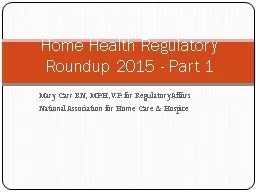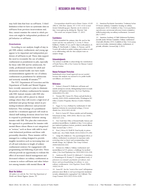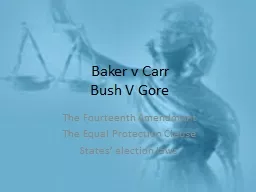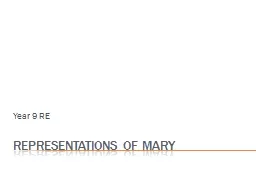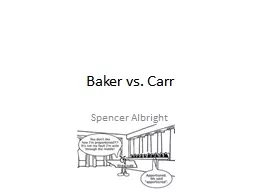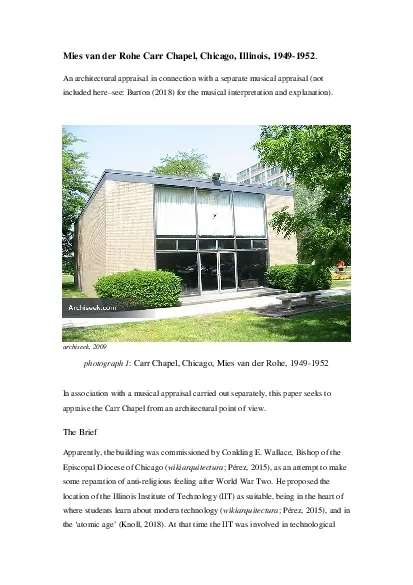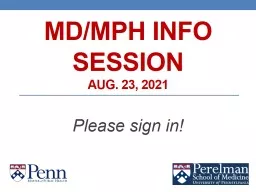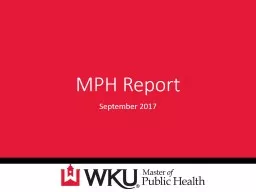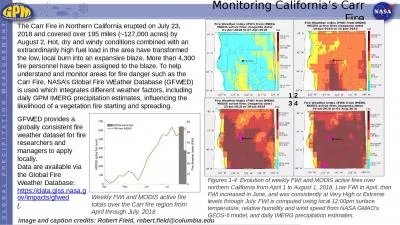PPT-Mary Carr RN, MPH,
Author : calandra-battersby | Published Date : 2017-10-28
VP for Regulatory Affairs National Association for Home Care amp Hospice Home Health Regulatory Roundup 2015 Part 1 Home Health Proposed Rule So much more
Presentation Embed Code
Download Presentation
Download Presentation The PPT/PDF document "Mary Carr RN, MPH," is the property of its rightful owner. Permission is granted to download and print the materials on this website for personal, non-commercial use only, and to display it on your personal computer provided you do not modify the materials and that you retain all copyright notices contained in the materials. By downloading content from our website, you accept the terms of this agreement.
Mary Carr RN, MPH,: Transcript
Download Rules Of Document
"Mary Carr RN, MPH,"The content belongs to its owner. You may download and print it for personal use, without modification, and keep all copyright notices. By downloading, you agree to these terms.
Related Documents

